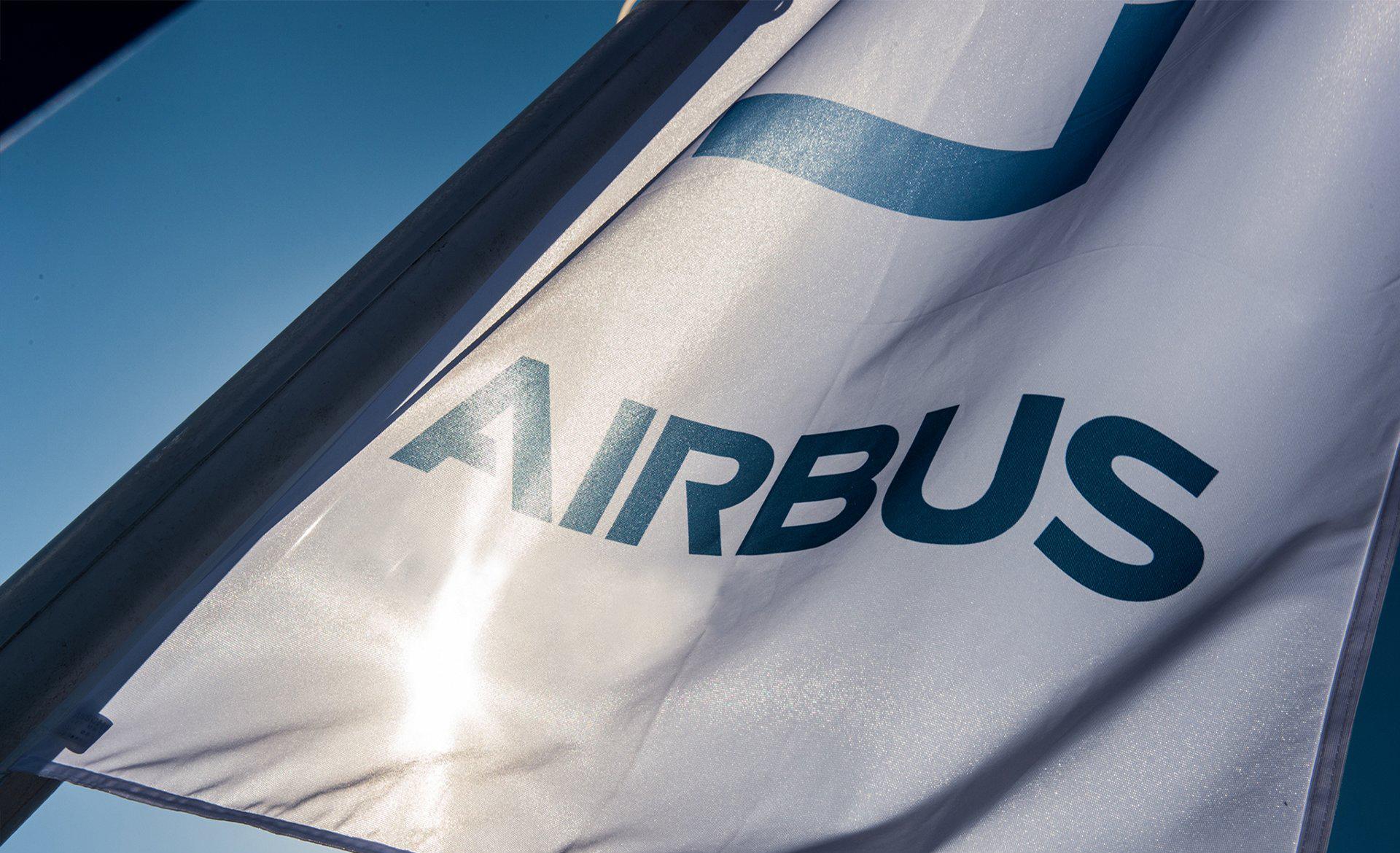
FRANKFURT–In an effort to adapt to declining demand for its commercial aircraft amid the COVID-19 pandemic, Airbus is expediting decisions to cut 15,000 positions—around 11% of its entire workforce and the deepest restructuring the company has ever endeavored.
In meetings on June 30, Airbus informed its European works council of the size of the measures and its very ambitious implementation schedule. The company is seeking union agreements by the fall to then start the cuts and plans to complete the program by the summer of 2021. Given European labor legislation, programs of that magnitude usually take much longer.
“This is the gravest crisis the industry has ever experienced,” Faury told reporters in a teleconference. He argued that Airbus has done everything it could to mitigate the short-term impact of the crisis and used the time to assess what the longer-term consequences will be. The cuts are “something all of us would have liked to avoid” and are “a matter of deep regret.” However, he warned that things could have been much worse had it not been for many measures, including government assistance and temporary unemployment schemes that have kicked in. Faury pointed to the fact that Airbus’ commercial aircraft sector employs 90,000 people and has lost 40% of its business but is only reducing 16% of the positions.
Faury made clear that he cannot at this stage rule out mandatory layoffs but stressed that Airbus would look at many measures, including early retirements, part-time work or voluntary departures, to avoid them as much as possible.
Airbus is cutting 5,100 jobs in Germany, 5,000 in France, 1,700 in the UK, 900 in Spain and 1,300 at other sites globally. The restructuring package now also includes 900 positions at its German aerostructures subsidiary Premium Aerotec that have previously been announced and are not directly COVID-19 related. Without providing details, Faury hinted that sites in Mobile, Alabama and Tianjin, China will also be affected, given that the rate reductions are being felt everywhere.
The manufacturer has cut single-aisle output from around 60 to 40 aircraft per month. The A350 is reduced from 9.5 aircraft per month to six and the A330/A330neo from 3.5 to two per month. Faury said that there could be further small downward adjustments over the next few months but stressed that with its initial assessment Airbus management was “not too wrong.”
Faury expects the rates to remain suppressed for around two years and the ramp-up of single-aisle production to resume around the middle of 2022 while the recovery of widebody demand would come “much later.”
The assumption for demand to return is also one factor for Airbus to try and keep as many people onboard as it can—expertise Airbus believes it will need from 2022. It will continue to take advantage of partial unemployment schemes in which governments pick up most of the salaries and implement part-time work beyond the typical 24-month period of such schemes. Airbus also plans to rotate staff into and out of the schemes to keep their skills current.
In an initial reaction, UK aerospace lobby group ADS said that “being the largest commercial aircraft company in the UK, Airbus is central to our aerospace industry and has a close relationship with its highly integrated UK supply chain. This difficult news will be unsettling for their employees and those working as part of the supply chain.” It stressed that “government action to support the wider economy has been greatly appreciated across the aerospace industry, but further measures are urgently required to support a strong recovery in our sector. This should include increased investment in UK innovation, help to recapitalize the supply chain and using public procurement to support high value UK manufacturing.” Other aerospace and labor groups had yet to comment.





